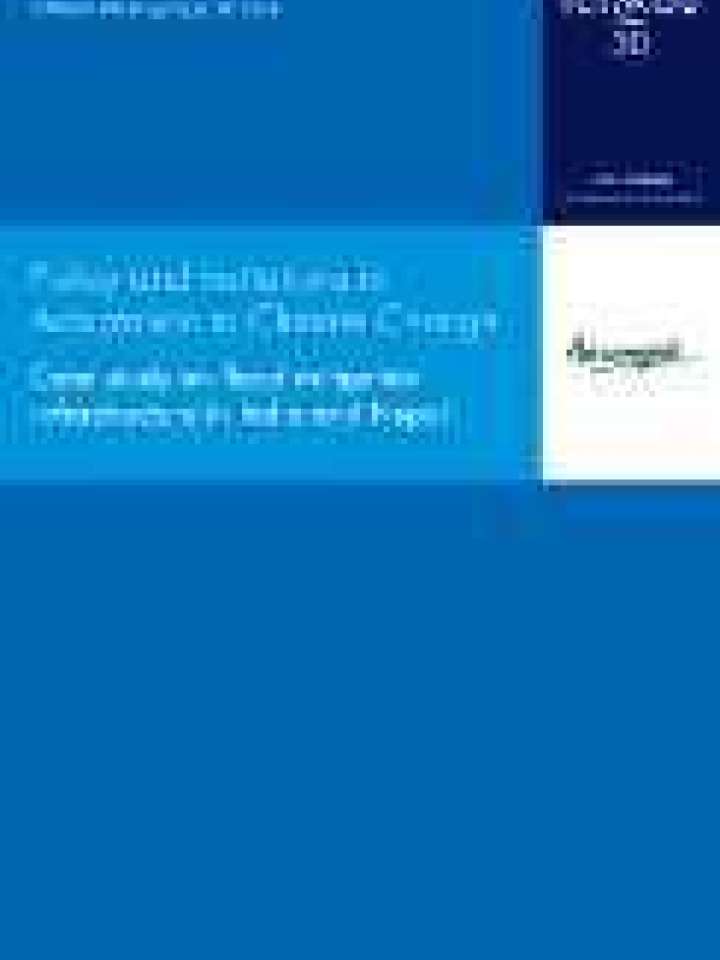Policy and institutions in adaptation to climate change: case study on flood mitigation infrastructure in India and Nepal
This publication explores the governance of flood mitigation infrastructure in parts of India and Nepal. It also covers the traditional coping and adaptation strategies of local communities to deal with floods, which are being increasingly challenged due to the changing nature of floods and other water hazards attributed largely to climate change.
The publication is comprised of thirteen sections: (i) section one introduces the scope and methodology of the study; (ii) section two introduces the background of the two study areas in India and Nepal; (iii) section three discusses the shortcomings of embankments as a flood mitigation strategy; (iv) section four discusses the influence of embankments on local populations; (v) section five assesses the institutions in place for flood governance; (vi) section six evaluates the current policy framework for flood governance and the evolution of that policy; (vii) section seven discusses new initiatives in flood governance, highlighting the Asian Development Bank (ADB) intervention and the geotube dyke at Matmora; (viii) section eight discusses how local governments address flood management; (ix) section nine addresses the lack of influence of traditional institutions, like the 'kebang', in flood governance; (x) section ten highlights the community discontent with the current state of formal flood governance; (xi) section eleven explains the role of civil society in filling the gaps in flood management; (xii) section twelve presents a case study of flood governance in the Koshi Basin; and (xiii) section thirteen concludes the publication with a discussion of the study's findings.
Explore further
